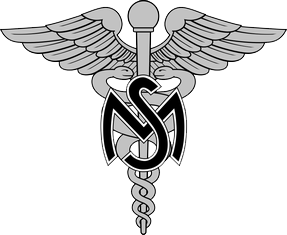SCA History
During a reunion of Army MSC officers held in San Antonio Texas, in September 2000, a group of retirees, spearheaded by COL(R) Ernie Rezendes, began working on the idea to formalizing an association of USA MSC officers. Over the next two years, the group drafted a constitution and a set of by-laws for the proffered association and presented their proposal to those attending the September 2002 MSC reunion in Clearwater, Florida. Here the organizers offered their work and proposed a list of officers to serve as the organization’s Board of Directors. Those attending the reunion confirmed the list of Directors and accepted and approved the Constitution and By-Laws. The attendees then proceeded to elect its first set of officers and the Board of Directors determined that the next reunion would return to San Antonio in 2004. Finally, on the 1 st of December 2003, the association was officially recognized when the Secretary of the State of Texas established the association under the name MSC Network, Inc. That name was later changed to Silver Caduceus Association of MSC Officers and Warrant Officers and was ultimately shorten to Silver Caduceus Association. The association is incorporated and has both federal and state tax exemption.
SCA Founders
We now recognize the work of that original group of “organizers” as the SCA “Founders” and have bestowed that title to the following retired colonels: Dick Ginn, Ellis Hall Jr*, George Hammond Jr*, Gordon Hennessey, Earl McSwain Jr*, A. Gordon Moore*, Carroll (Bud) Ockert, Ernie Rezendes*, Ernie Sylvester*, Jim Vinci Jr, and George Waters Jr. Note - * denotes deceased SCA Founders.
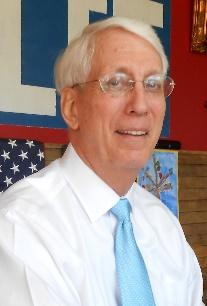
Dick Ginn
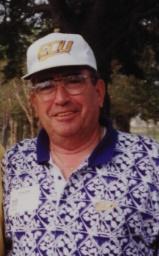
Ellis Hall

George Hammond
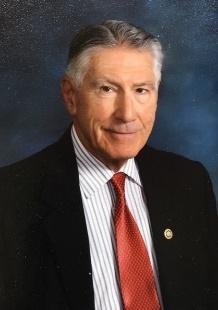
Gordon Hennessey

Earl McSwain
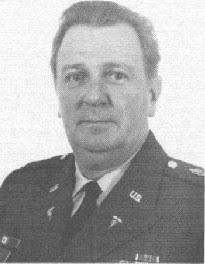
A. Gordon Moore

Carroll Ockert

Ernie Rezendes
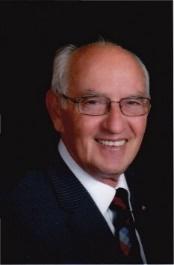
Ernie Sylvester
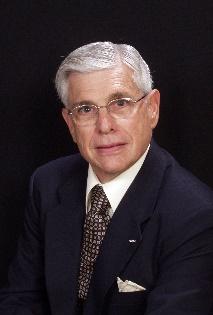
James Vinci
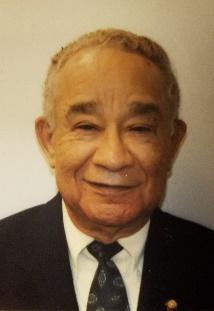
George Waters
Let us not forget who the FOUNDERS of this great organization are as we owe them a great deal for their vision and hard work to bring us to this point.
Highlights of Medical Service Corps' History
The story of the U.S. Army Medical Service Corps (MSC) is evolutionary. It begins with precursors such as the Revolutionary War apothecaries and officers of the Civil War Ambulance Corps, which evolved into the World War I Sanitary Corps that was established on June 30, 1917.
The Sanitary Corps was demobilized following the war, but during the inter-war years, it became clear that the Army needed a permanent medical ancillary organization. This led to the establishment of the Medical Administrative Corps (MAC) on June 4, 1920. MAC growth in World War II was spectacular, as it increased from less than 100 officers in 1939 to over 22,000 in 1945. These officers freed physicians for patient care responsibilities by occupying an expanding variety of positions, which included replacement of the second physician in maneuver battalions. Following WWII, a small group of MAC officers kept the flame alive in the Regular Army during the interwar period. COL Othmar Goriup, who would become the first chief of the MSC, saluted the officers who stuck it out; “little, old, gray-haired people who were still captains.”
A third precursor, the Pharmacy Corps, was established as a Regular Army branch on 12 July 1943. Finally, on 4 August 1947, the Sanitary Corps, Medical Administrative Corps and Pharmacy Corps were replaced by the Medical Service Corps (MSC) consisting of four sections: Pharmacy, Supply and Administration, Medical Allied Sciences, Sanitary Engineering, and Optometry. MSC commanders of medical battalions in Korea remained in command in 1950 as these units performed their combat missions upon the outbreak of hostilities. MSC aviators were assigned to the first helicopter evacuation detachments in Korea, units that presaged the revolutionary role of the helicopter ambulances. In Vietnam, Dustoff officers and their crews would write a glorious chapter, with the receipt of every award of valor including the Medal of Honor.
A significant measure of the MSC progress has been the dramatic increase of opportunity for promotion. COL Edward Reynolds, a MAC officer, was promoted to brigadier general in 1945, but there would be no other generals in the MSC or its predecessor corps until the promotion of BG William A. Hamrick in 1963. Twenty-five years later, David Rubenstein in 2008 became the first MSC promoted to major general. And in 2020, LTG Scott Dingle became the first MSC lieutenant general, as well as the first MSC Surgeon General. In addition to LTG Dingle, today there are two major generals, eleven brigadier generals, and three Senior Executive Service (SES) officials, the Civil Service general officer equivalent.
In accord with their proud heritage of professionalism, MSCs continue to provide management, administrative, clinical, scientific and leadership support to every Army Medical Department effort. They maintain the Army’s wartime medical capability through command of its field medical establishment, and they operate what may be the most effective logistical system anywhere. In countless ways, the men and women of the Medical Service Corps are at the forefront of the Army Medical Department’s humanitarian role in national defense.
